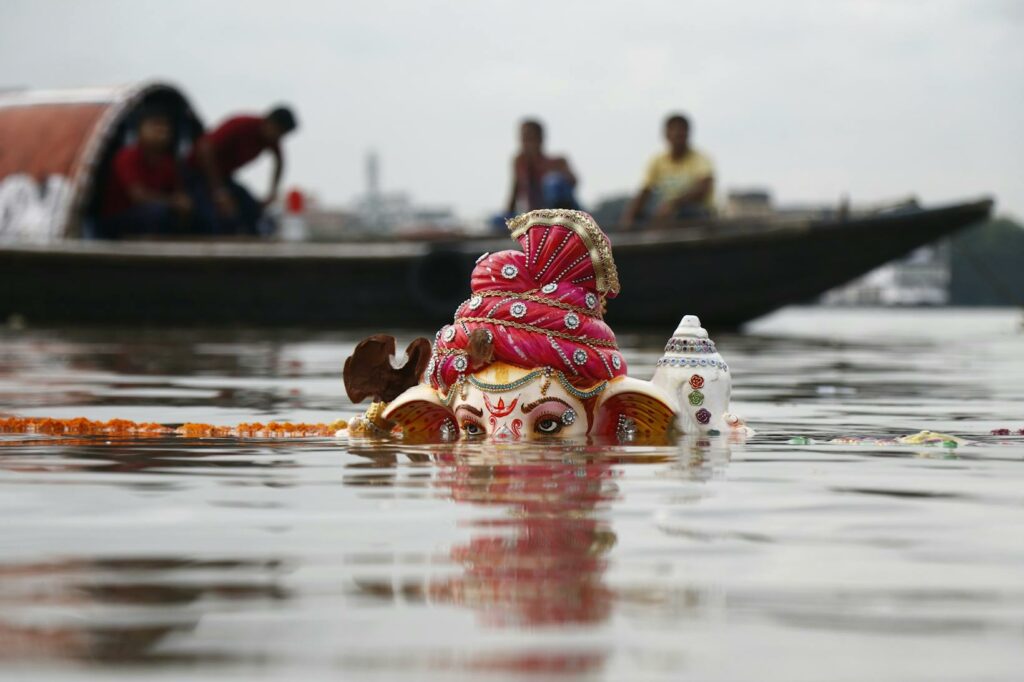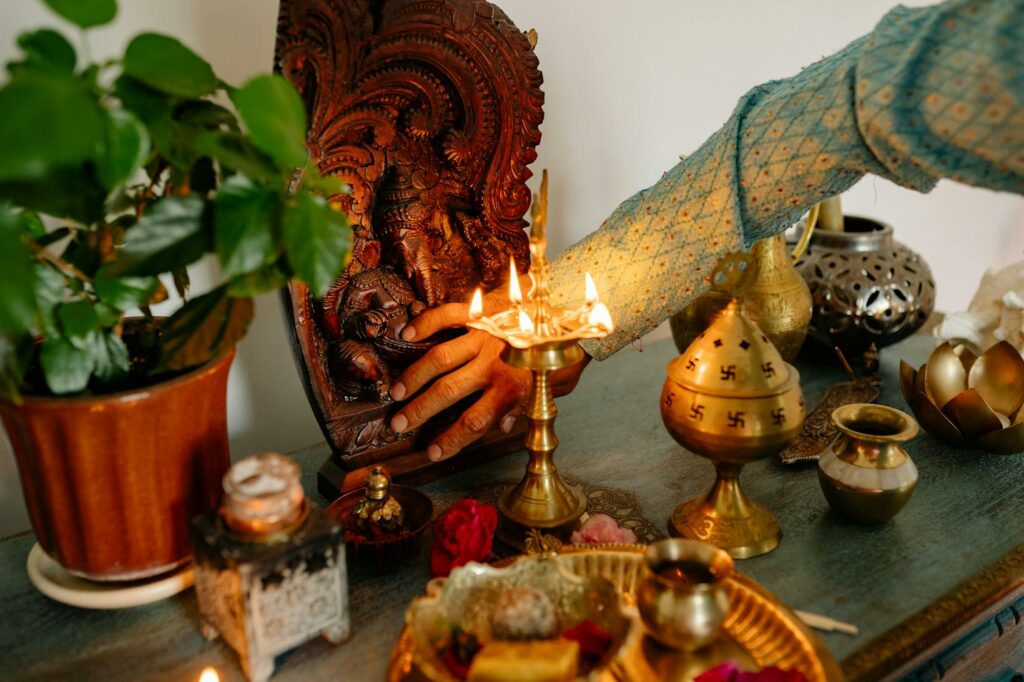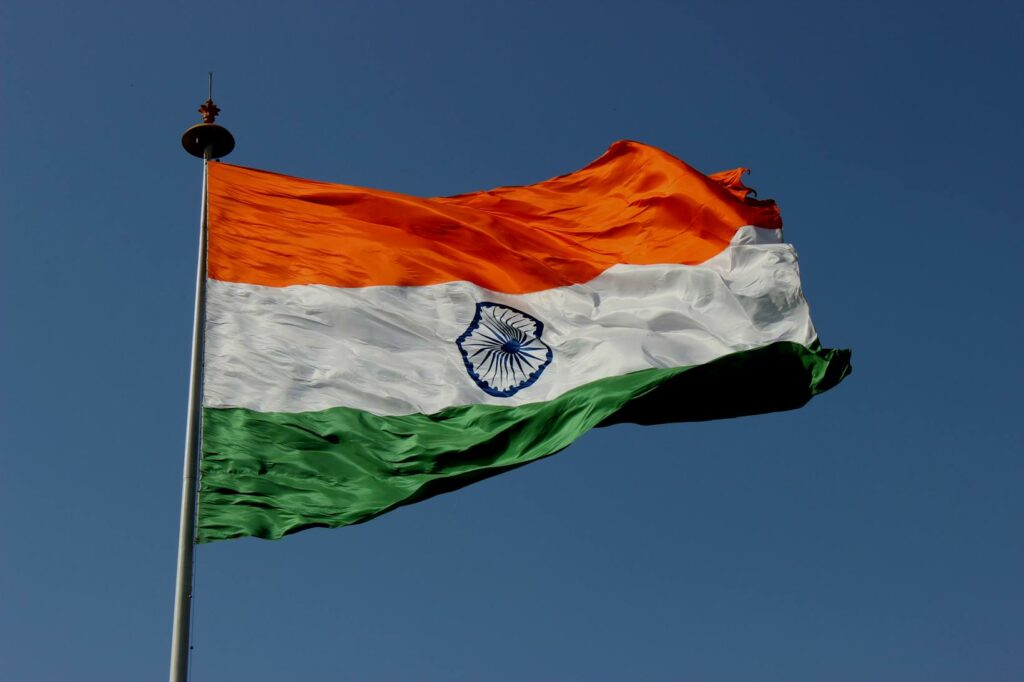India, a country renowned for its rich tapestry of culture and tradition, is a treasure trove of fascinating facts waiting to be explored. The nation’s vibrant customs, diverse languages, and intriguing history make it a captivating subject for those seeking to understand its unique cultural landscape.
India Culture Facts
India’s religious diversity is among its most defining characteristics. The country’s spiritual canvas is adorned with numerous religions, each unique yet harmonious within the nation’s framework.
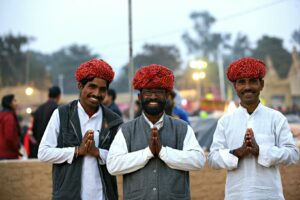 Hinduism: The Dominic of Religion
Hinduism: The Dominic of Religion
Hinduism, originating around 1500 BCE, holds a dominant position in India’s religious demographic. This religion, with around 966 million followers, accounts for over 79% of the population. It’s characterized by a plethora of gods and religious texts like Vedas and Upanishads. The practice of rituals, festivals, and the philosophy of Karma and Dharma define a Hindu’s spiritual journey.
Islam, Sikhism, and Christianity in India
In the country’s vast religious landscape, Islam, Sikhism, and Christianity are significant minorities, each contributing to the cultural mosaic.
Islam is the second largest religion, followed by over 172 million people, which is about 14.2% of the population. Famed for their architectural splendor, India’s mosques and tombs like the Taj Mahal depict the influence of Islamic culture.
Sikhism, rooted in Punjab, boasts approximately 25 million followers nationwide. This monotheistic faith is symbolized by its holy shrines, the Gurudwaras, and key principles emphasizing equality, selfless service, and honesty.
Christianity, though a minor faction, has left indelible footprints in the form of churches, especially in Southern India and the North-Eastern states. With around 28 million adherents, this faith accounts for nearly 2.3% of the population. Its essence can be felt in ceremonies like Christmas and Easter, prominently celebrated across the country.
Traditional Indian Clothing
Indian clothing, rich in tradition, mirrors the nation’s cultural diverse tapestry. Taking the conversation forward from religious diversity, let’s delve into the unique aspects of Indian attire.
Unity in Diversity: Indian Attire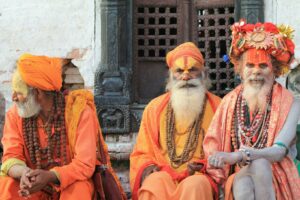
The different types of traditional Indian clothing signify unity in diversity. Varieties of attire, based on region, religion, and climate, exist across the country’s length and breadth. From the cooling cottons of Rajasthan’s Bandhani to the warming Pashmina of Kashmir, the variety is immense.
For instance, the Salwar Kameez — a traditional outfit consisting of a tunic-like kameez and loose trousers (salwar) — is worn predominately in North and Central India. Alternatively, in the Southern states, you’ll often see Men and women adorning different styles of Saris and Dhoti.
Sari and Dhoti: Symbols of Indian Culture
The Sari and Dhoti mark important symbols in Indian culture, representing grace and simplicity, respectively.
A Sari, a seamless 5-9 yards of cloth, is draped around the body in various styles. These draping styles change from region to region, each style unique in its own right. Regional variations include the Bengali “Atpoure” style, the Gujarati “Seedha Pallu” style, or the Malayali “Nivi” style.
The Dhoti, worn by men, is a rectangular piece of unstitched cloth, usually around 15 feet long, wrapped around the waist and legs. It’s quintessentially worn during formal occasions and cultural festivities throughout the country. The dhoti’s regional variants include the Bengali “Panche” or the Tamil “Veshti”.
Popular Indian Dishes You Must Try
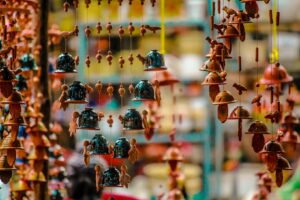 Crossing regions and traditions, a few delectable Indian dishes stand out due to their captivating essence and universal appeal. Biryani, a savory, saffron-infused rice dish layered with spiced meat or vegetables, is an aromatic symphony encountered across the country. Samosas, fried pastry shells with savory fillings, remain a universally loved snack. For a sampling of sweets, there are Gulab Jamun, balls of milk solids soaked in sugar syrup, or Jalebi, a fried sweet pretzel dipped in syrup, which hold special places during Indian festivities.
Crossing regions and traditions, a few delectable Indian dishes stand out due to their captivating essence and universal appeal. Biryani, a savory, saffron-infused rice dish layered with spiced meat or vegetables, is an aromatic symphony encountered across the country. Samosas, fried pastry shells with savory fillings, remain a universally loved snack. For a sampling of sweets, there are Gulab Jamun, balls of milk solids soaked in sugar syrup, or Jalebi, a fried sweet pretzel dipped in syrup, which hold special places during Indian festivities.
Whilst these popular dishes offer a glimpse, the true beauty of Indian cuisine lies in its extensive diversity. Each region presents its own unique dishes, exotic blends of flavors, and distinct techniques, making it an endless exploration of cultural richness and culinary joy.
India’s culture is a vibrant tapestry, woven with threads of diverse religions, traditional attire, rich cuisine, vibrant festivals, and expressive performing arts. In essence, these elements together create the rich, diverse, and ever-evolving culture that is India.

